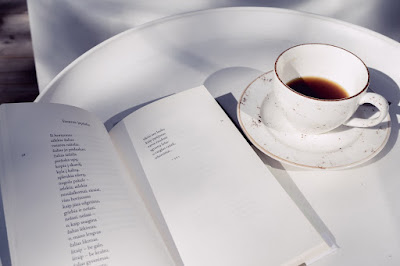Why join EYP in IB?

You might have been seeing a few mentions of EYP floating around this website, popping up randomly whenever I mention a recent trip I went on or something. Well, in this post I will be telling you why you, as a European, should be joining EYP (the European Youth Parliament)! It's an incredible volunteer-run organisation that deserves much more attention than it gets. If I'm being completely honest, you won't leave EYP without having extra knowledge: you will create friendships that will last for a lifetime (cheesy, I know), learn about politics, current affairs and (most importantly) yourself. So, what exactly are the benefits of joining EYP? 1. You learn about current affairs and collaboration The European Youth Parliament, as the name suggests, is a simulation of what the European Parliament actually does when dealing with different issues within the EU. This makes it a super fascinating experience where you can actually get super in-depth kno...


